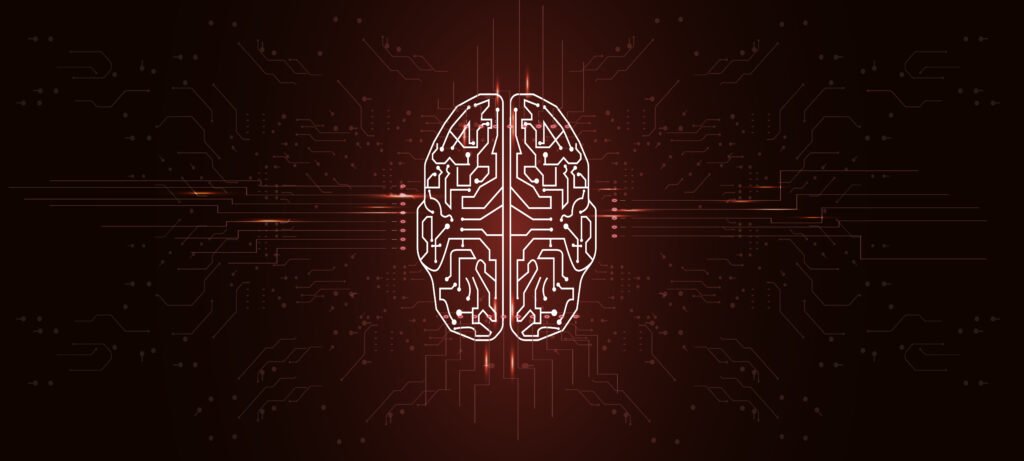When Cybersecurity Meets Privacy Navigating the New Fine Line
When Cybersecurity Meets Privacy Navigating the New Fine Line INTRODUCTION Today, in an era of computers and the internet, when cybersecurity and privacy cross paths, it has never been more important to balance data security and the preservation of individual rights. While the internet brings us together in ways previously unimaginable just a short time ago, data privacy and cybersecurity are now two pillars essential to the online world. In an era where nearly everything we do is recorded electronically, how do we protect our information and keep it secure, and how do businesses protect this information from unwelcome cyber attacks? The gap between privacy and cybersecurity is less clear today, but they are equally important. This blog will explore the thin line between these two elements, how they interact, and how individuals and businesses can protect their data in the proper manner. As threats evolve with each passing day, it is important to understand how cybersecurity collides with privacy in terms of approaching the digital sphere safely. Chapter 1: The History of Cybersecurity and Privacy The Emergence of Cybersecurity Cybersecurity, actually, is the process of ensuring that networks, systems, and data are excluded from attacks or intrusion. While reliance on the internet keeps on growing, states and companies have invested enormous resources into cybersecurity in order to ensure prevention from malware, ransomware, data intrusion, and other harmful attempts. Cybersecurity goes beyond defense—there is so much more involved in ensuring integrity, availability, and confidentiality over the internet. As threats evolve, so do models of cybersecurity. Where privacy converges with cybersecurity, this is a question of balancing between the protection of data and protecting individual rights in managing their data. The Role of Privacy in the Age of the Internet Privacy, on the other hand, is actually all about the way in which personal data is collected, stored, and used. Social media, big data, and the proliferation of networked devices have made it more difficult to preserve privacy. Governments and institutions are collecting more data about individuals than ever before. But privacy is not simply a matter of keeping people’s data out of the hands of thieves; it’s about people being able to control their own data, and their data being used responsibly and with their consent. With increasing worries about surveillance, hacking, and misuse of data, understanding when cybersecurity meets privacy can be the game-changer in protecting information. It is a thin line where technology, policy, and ethics must come together. Chapter 2: The Intersection of Cybersecurity and Privacy The Blurred Line Between Cybersecurity and Privacy At face value, cybersecurity and privacy seem like two distinct disciplines: one is to protect systems and networks, and the other is to protect individual data. Reality is more complex. The intersection of cybersecurity and privacy is where data protection is a shared endeavor—protecting not only digital infrastructure but also confidentiality and trust of individuals. Cybersecurity offers a promise that criminal players cannot enter or manipulate systems and information. Privacy offers a promise that people’s personal information are handled ethically and with dignity. When privacy and cybersecurity combine, there is a requirement for a holistic approach to not only protect against cyber attacks but also to ensure that data usage complies with legal and ethical standards. Key Regulations Shaping the Intersection There are a few laws around the world that demonstrate the crossing of paths between cybersecurity and privacy: GDPR (General Data Protection Regulation): GDPR, the European Union’s data privacy law, is one of the most stringent data privacy legislations. It mandates organizations to protect users’ personal data through cybersecurity as well as privacy. In combining privacy and cybersecurity, GDPR makes companies adopt positive measures in securing user data against unauthorized use. CCPA (California Consumer Privacy Act): CCPA is yet another crucial regulation that discusses how organizations are required to handle personal information. CCPA focuses on the importance of privacy, security, and privacy protection. Cybersecurity processes must be combined with privacy policies in order to meet these requirements. HIPAA (Health Insurance Portability and Accountability Act): In the healthcare sector, HIPAA requires strict controls on both privacy as well as cybersecurity in order to protect sensitive health data. These regulations clearly identify the extremely intimate connection between cybersecurity and privacy, emphasizing how these two practices need to evolve along with each other. Chapter 3: Risks to Privacy and Cybersecurity Threats Cybersecurity Threats Having an Impact on Privacy The context for online threats is evolving, as too is the impact of these threats on privacy. When privacy and cybersecurity are combined, organizations must consider both the integrity of their infrastructure and the protection of sensitive personal data. Data Breaches: The most significant threat to privacy from cybersecurity is data breaches. When intimate personal information like credit card numbers, passwords, or medical information is leaked, security and privacy are compromised. Malware and Ransomware: Malicious software that freezes or steals data can be devastating. Ransomware attacks, in particular, extort data and violate users’ privacy. Such attacks are typically a blow to privacy and reveal the vulnerabilities of an organization’s cybersecurity setup. Phishing Attacks: Phishing attacks trick users into sharing personal information by making them think a legitimate source has sent a message. Cyberattackers primarily use phishing as a stepping stone to gaining access to sensitive information, which both violates cybersecurity and privacy measures. Spyware: Software secretly monitoring individuals’ activity on their computers and stealing personal information violates both security and privacy. The Impact of Data Misuse on Privacy While cybersecurity focuses on not granting unauthorized access, privacy concerns come into play where information is misused or mismanaged after it is collected. Misuse of personal information can involve selling it to third parties without authorization or using it for targeted advertising in ways infringing on people’s privacy expectations. Where privacy and cybersecurity meet, it is no longer a question of protecting information from the outside world but ensuring that organizations handle data in a responsible and ethical manner. A good cybersecurity system has to protect privacy as well
When Cybersecurity Meets Privacy Navigating the New Fine Line Read More »










